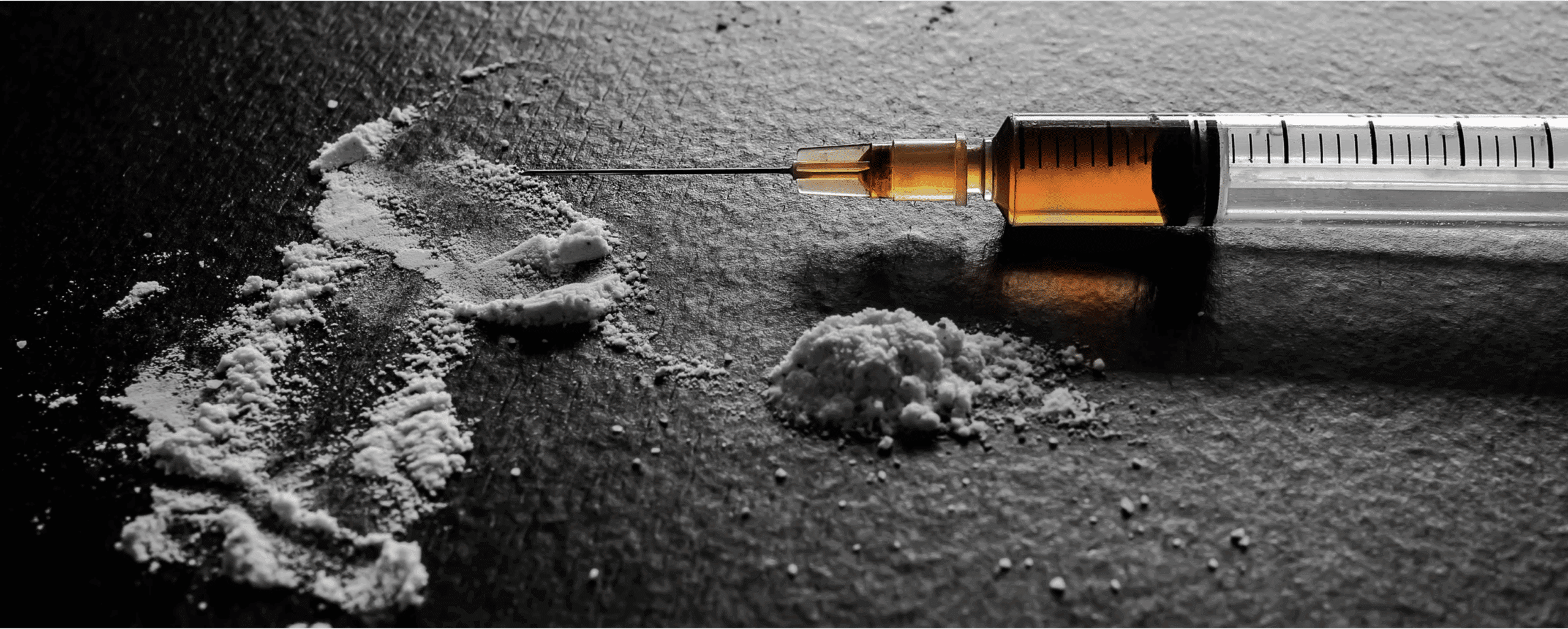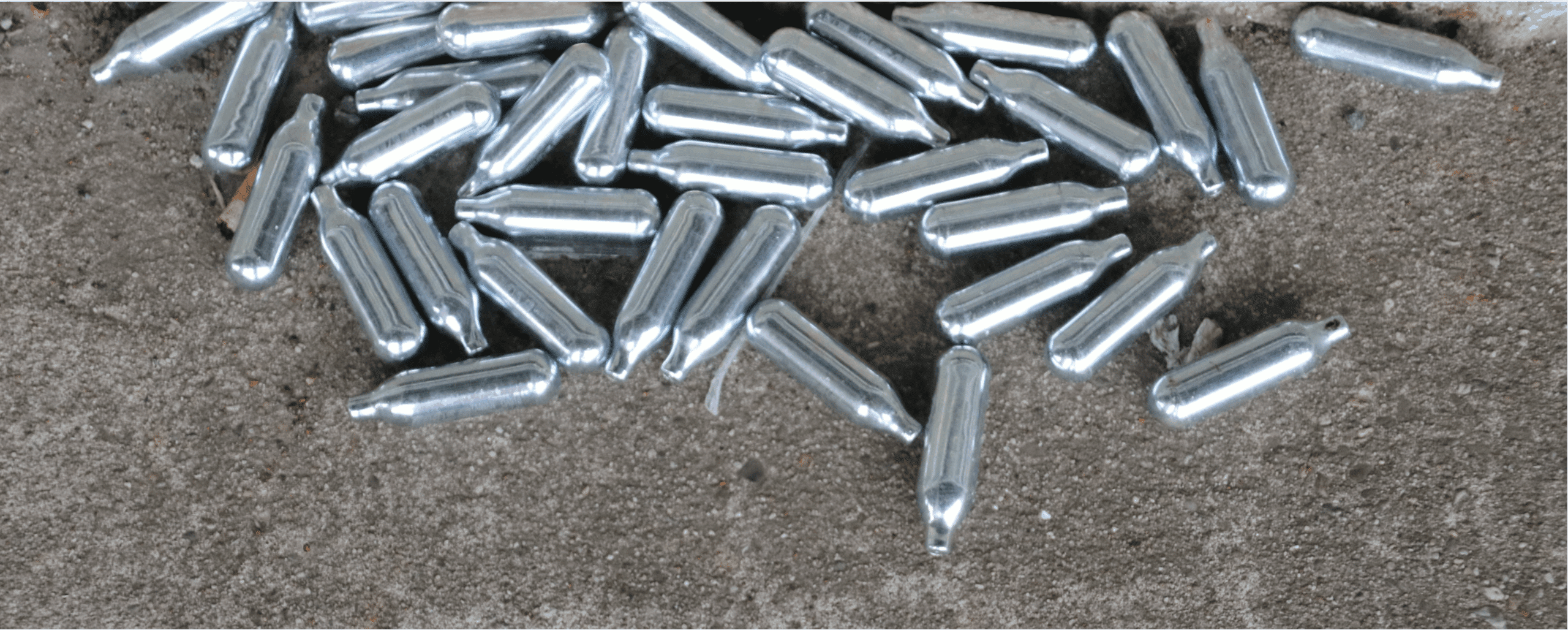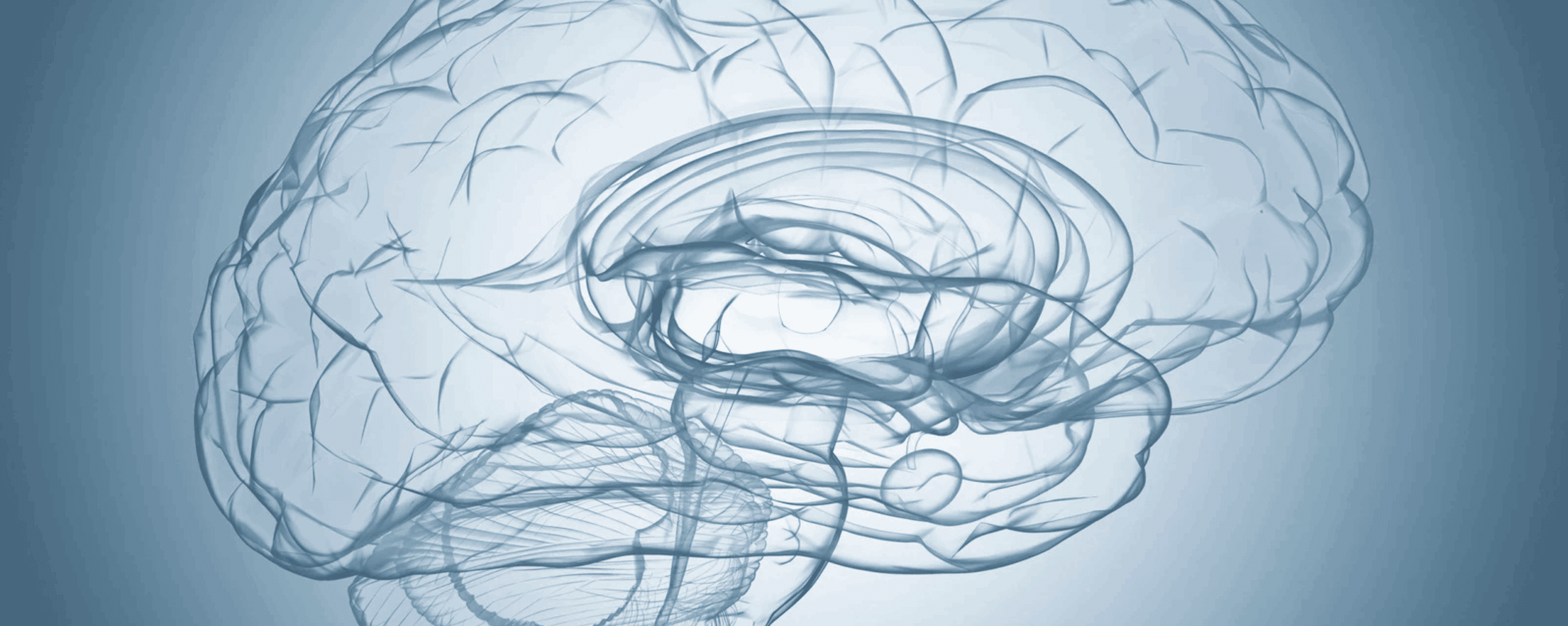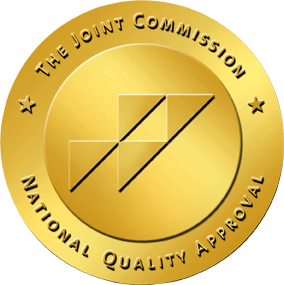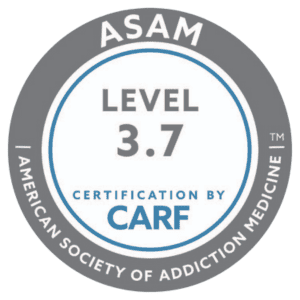Taking any medication involves risks, and Klonopin is no different. We’ll take a look at Klonopin withdrawal symptoms to gain more insight into the timeline for eliminating the substance from the body. We’ll also explore how to address addiction to Klonopin.
While not created as a recreational drug, Klonopin is frequently misused alongside other similar medications. In a report of past year use, over 20% of adults in the U.S. reported misusing benzodiazepine drugs like Klonopin.
This medication is widely available and prescribed for anxiety and other health concerns. It’s a “PRN” (pro re nata) medication in many cases, meaning it’s up to the individual to take a specified amount “as needed” for symptoms. The freedom to take Klonopin as needed can be a contributing factor to an eventual addiction to the drug.
What Is Klonopin?
Klonopin is a brand name for clonazepam, a prescription medication that belongs to a class of drugs called benzodiazepines. It is primarily used to treat seizure disorders, panic disorder, and anxiety. Long-term use can lead to dependence and withdrawal symptoms when discontinuing the drug, so it is typically prescribed for short-term use or carefully monitored long-term treatment.
Klonopin enhances the effects of a neurotransmitter called gamma-aminobutyric acid (GABA) in the brain, calming the nervous system. This leads to reduced activity in the brain and body, helping to ease anxiety, prevent seizures, and relax muscles. A person can take a prescribed dose in pill form and feel less anxious within minutes.
Like other benzodiazepines, Klonopin can cause side effects such as:
- Drowsiness
- Dizziness
- Fatigue
- Memory problems
- Coordination issues
What Causes Klonopin Withdrawal?
Klonopin withdrawal occurs when someone who has been using the drug regularly stops taking it or reduces their dose too quickly. Klonopin can lead to physical dependence over time, meaning the body becomes used to the drug’s presence. When the drug is suddenly stopped or reduced, the body may struggle to function without it, leading to withdrawal symptoms.
With prolonged use, the brain adjusts to the presence of Klonopin by reducing its natural production of GABA. When Klonopin is stopped, there is a sudden deficit of GABA activity, causing the brain to become overactive, which results in withdrawal symptoms.
The risk of withdrawal increases with higher doses and more extended periods of use. Even at prescribed doses, long-term use can result in dependence. Additionally, stopping Klonopin suddenly (“cold turkey”) without gradually tapering the dose can shock the system, leading to severe withdrawal symptoms.
Klonopin Withdrawal Symptoms
Each person who takes clonazepam has a unique experience quitting the medication. Withdrawal symptoms can vary based on several factors.
Common Klonopin withdrawal symptoms can include:
- Anxiety and panic attacks (often worse than the original condition being treated)
- Irritability and mood swings
- Insomnia
- Tremors or shaking
- Sweating
- Nausea and vomiting
- Seizures (in severe cases, especially if the drug is stopped suddenly)
- Hallucinations or delusions
- Muscle pain and stiffness
Klonopin Withdrawal Timeline
The Klonopin withdrawal timeline can vary depending on the length of use, dosage, and the individual’s metabolism. Klonopin has a long half-life (18-50 hours), which means it stays in the system longer than other benzodiazepines, and withdrawal symptoms may take longer to appear but can last longer as well.
Here’s a general breakdown of the Klonopin withdrawal timeline:
First 1–4 Days (Early Withdrawal Phase)
Withdrawal symptoms begin 1 to 4 days after the last dose. The delayed onset is due to the drug’s long half-life.
The initial symptoms often include anxiety, irritability, insomnia, and a return of the symptoms the drug was treating (like panic attacks or seizures). Some may experience restlessness, nausea, and tremors.
Days 5–14 (Acute Withdrawal Phase)
Withdrawal symptoms usually peak during during acute withdrawal, becoming most intense.
Common symptoms during this phase include:
- Severe anxiety, panic attacks, or agitation
- Sweating, headaches, and dizziness
- Muscle aches and tension
- Insomnia
- Rebound seizures (in those who took Klonopin for seizures or in high doses)
- Cravings for Klonopin
During this phase, the risk of seizures is highest, especially for those who abruptly stop taking the drug without tapering.
Weeks 3–4 (Subacute Withdrawal Phase)
Symptoms typically decline after 2–4 weeks but can still be significant. This period may include mild-to-moderate anxiety, depression, or mood swings.
The subacute phase can make the person feel extremely tired. Some people continue to experience disturbed sleep patterns.
Weeks 4–8 (Protracted Withdrawal Symptoms)
Some people may experience protracted withdrawal symptoms, a phenomenon where symptoms persist for an extended period after discontinuing the drug. This can last for several months in severe cases, particularly after long-term use.
Lingering symptoms can include mild anxiety, sleep issues, and depressive symptoms.
Months 3–12 (Post-Acute Withdrawal Syndrome, or PAWS)
For some individuals, symptoms may extend for months or even a year. This is called post-acute withdrawal syndrome (PAWS), which can involve emotional instability and continued difficulty with sleep.
Symptoms are less intense during this final phase but can be frustrating as symptoms linger.
Self-Assessment: Am I Addicted?
"*" indicates required fields
Contact Us
Ready to Get Help? Get in Touch Today.
"*" indicates required fields
Factors That Affect the Withdrawal Timeline
There are primary variables that impact how Klonopin withdrawal progresses. These factors determine how severe the symptoms are and how long they last.
- Duration of use
- Dosage
- If the medication was tapered down or stopped cold turkey
- Individual differences like metabolism, overall health, and whether the person uses other drugs or medications
- If other drugs were used alongside clonazepam
Klonopin Detox
A medical detox is essential in most cases when this medication is going to be stopped. It’s critical to gradually reduce the dosage of Klonopin under the supervision of a healthcare provider. A slow taper can significantly reduce withdrawal symptoms and make the process safer, allowing the brain time to adjust to lower levels of the drug.
Detoxing from Klonopin or any benzodiazepine should be done under medical supervision due to the risk of withdrawal symptoms, which can be severe.
Medications commonly used during clonazepam detox include:
- Slower-acting benzodiazepines like Ativan are used to taper off Klonopin gradually, reducing withdrawal symptoms
- Anticonvulsants like carbamazepine or valproate may be used to manage withdrawal symptoms and stabilize mood
- Beta-blockers can help with physical symptoms such as rapid heartbeat and high blood pressure
- Antidepressants, particularly SSRIs or SNRIs, may be used to manage anxiety and depression during withdrawal
- Clonidine can help with symptoms like high blood pressure, anxiety, and restlessness
Dangers Associated With Klonopin Withdrawal
Stopping Klonopin abruptly or reducing the dosage too quickly can lead to severe physical and psychological effects, particularly in someone with an extensive history of taking the drug.
Seizure risk is one of the most severe dangers of Klonopin withdrawal, especially for those who have used the drug to control seizures or who have developed a strong physical dependence.
Similar to alcohol withdrawal, some people may experience delirium tremens (DTs)during Klonopin withdrawal. DTs are characterized by severe confusion, agitation, hallucinations, and autonomic instability (rapid heart rate, sweating, etc.). Though rare, DTs can be fatal if not treated promptly.
Klonopin Addiction Treatment
Klonopin withdrawal carries significant risks, particularly if the drug is stopped suddenly or without medical guidance. To avoid life-threatening complications like seizures and intense psychological distress, undergoing a gradual taper under professional supervision is essential.
After a supervised medical detox, you can participate in a comprehensive treatment program to address your addiction concerns.
At Vogue Recovery Centers in Las Vegas and Phoenix, you can find the help you need. Inpatient and outpatient programs are available where you can address underlying issues and prevent relapse with access to therapy, support from peers, and rehabilitation programs.
Need Help with Prescription Drug Addiction?
It’s possible your introduction to Klonopin involved seeking support for anxiety and panic attacks but evolved into an addiction over time. Benzodiazepine addiction can be surprising but affects everyday people–you’re not alone. Drug and alcohol rehab is a great place to overcome addiction as well as co-occurring mental health issues like anxiety disorder.
If you or a loved one is struggling with an unhealthy relationship with Klonopin or other prescription medications, you may realize it’s not enough to stop taking the drug on your own. Reach out to Vogue Recovery Centers today, and an admissions team member will guide you to your options for drug rehab and recovery.
Questions about treatment options?
Our admissions team is available 24/7 to listen to your story and help you get started with the next steps.



